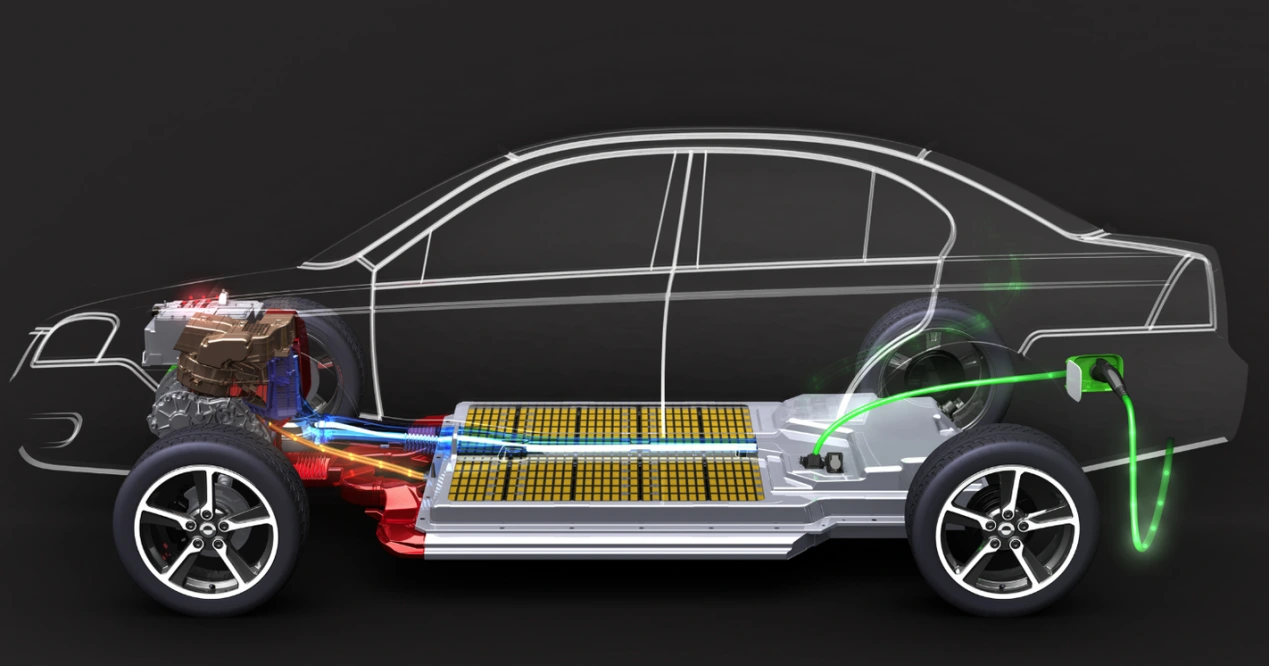In the realm of industrial safety and environmental control, the importance of effective mechanical ventilation in confined spaces cannot be overstated. Confined spaces, such as tanks, silos, and tunnels, often present unique challenges due to limited airflow, potential toxic gas accumulation, and the risk of asphyxiation. As industries increasingly prioritize worker safety and regulatory compliance, the question arises: which mechanical ventilation method is superior for confined spaces? This article delves into the various mechanical ventilation techniques, assessing their effectiveness, efficiency, and suitability for different scenarios.
Understanding Mechanical Ventilation
Mechanical ventilation refers to the process of supplying and removing air from a space using powered equipment. In confined spaces, this is crucial for maintaining air quality, controlling temperature, and ensuring the safety of personnel. The primary methods of mechanical ventilation include:
- General Ventilation: This method involves the use of fans to circulate air throughout the space, diluting contaminants and providing a steady supply of fresh air. General ventilation is often employed in larger confined spaces where air mixing can effectively reduce pollutant concentrations.
- Local Exhaust Ventilation (LEV): LEV systems are designed to capture contaminants at their source, preventing them from dispersing into the broader environment. This method is particularly effective in spaces where specific tasks generate hazardous fumes or particles, such as welding or chemical handling.
- Positive Pressure Ventilation: This technique introduces fresh air into the confined space, creating a pressure differential that prevents the ingress of contaminated air. Positive pressure systems are beneficial in environments where the external air quality is poor, as they ensure a continuous supply of clean air.
- Negative Pressure Ventilation: In contrast, negative pressure systems extract air from the confined space, creating a vacuum that draws in fresh air from surrounding areas. This method is often used in emergency situations to quickly remove hazardous gases or vapors.
Evaluating the Methods
When determining the best mechanical ventilation method for confined spaces, several factors must be considered, including the nature of the contaminants, the size and configuration of the space, and the specific tasks being performed. Below, we evaluate each method based on these criteria.
- General Ventilation
Pros:
- Cost-effective and relatively easy to implement.
- Provides a uniform air distribution, which can help maintain a stable environment.
Cons:
- May not be sufficient for spaces with high levels of localized contamination.
- Ineffective in rapidly changing environments where immediate air quality control is necessary.
Best Use Cases: General ventilation is ideal for larger confined spaces where air mixing can dilute contaminants effectively, such as warehouses or large storage facilities.
- Local Exhaust Ventilation (LEV)
Pros:
- Highly effective at controlling specific contaminants at their source.
- Reduces the overall volume of air that needs to be treated, leading to energy savings.
Cons:
- Requires careful design and placement to ensure effectiveness.
- May not be suitable for all types of contaminants or tasks.
Best Use Cases: LEV is best suited for industrial applications where specific processes generate hazardous emissions, such as painting, soldering, or chemical processing.
- Positive Pressure Ventilation
Pros:
- Ensures a continuous supply of clean air, enhancing worker safety.
- Effective in environments where external air quality is poor.
Cons:
- Requires a reliable source of fresh air, which may not always be available.
- Can lead to pressure imbalances if not properly managed.
Best Use Cases: Positive pressure ventilation is particularly useful in confined spaces where external contaminants are a concern, such as during emergency response operations or in areas with high levels of airborne pollutants.
- Negative Pressure Ventilation
Pros:
- Quickly removes hazardous gases and vapors, making it ideal for emergency situations.
- Creates a safe environment by preventing the spread of contaminants.
Cons:
- May draw in unfiltered air from surrounding areas, potentially introducing new hazards.
- Requires careful monitoring to maintain safe pressure levels.
Best Use Cases: Negative pressure ventilation is most effective in emergency scenarios, such as confined space rescues or during the cleanup of hazardous spills.
Conclusion: Choosing the Right Method
The choice of mechanical ventilation method in confined spaces ultimately depends on a thorough assessment of the specific conditions and requirements of the environment. While general ventilation may suffice for larger areas, more targeted approaches like LEV or positive pressure systems may be necessary for spaces with high contamination risks. Negative pressure ventilation serves as a critical tool in emergency situations, ensuring rapid response and safety.

More Stories
How a laser wire marking machine Enhances Identification Accuracy in Modern Cable Manufacturing
How a laser wire marking machine Enhances Identification Accuracy in Modern Cable Manufacturing
How a laser wire marking machine Enhances Identification Accuracy in Modern Cable Manufacturing